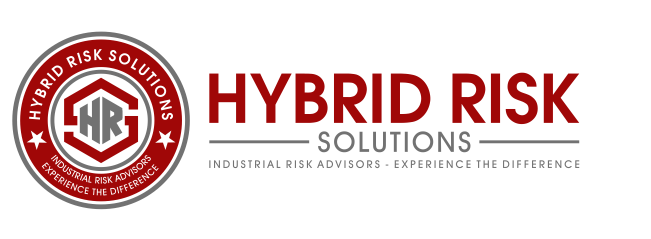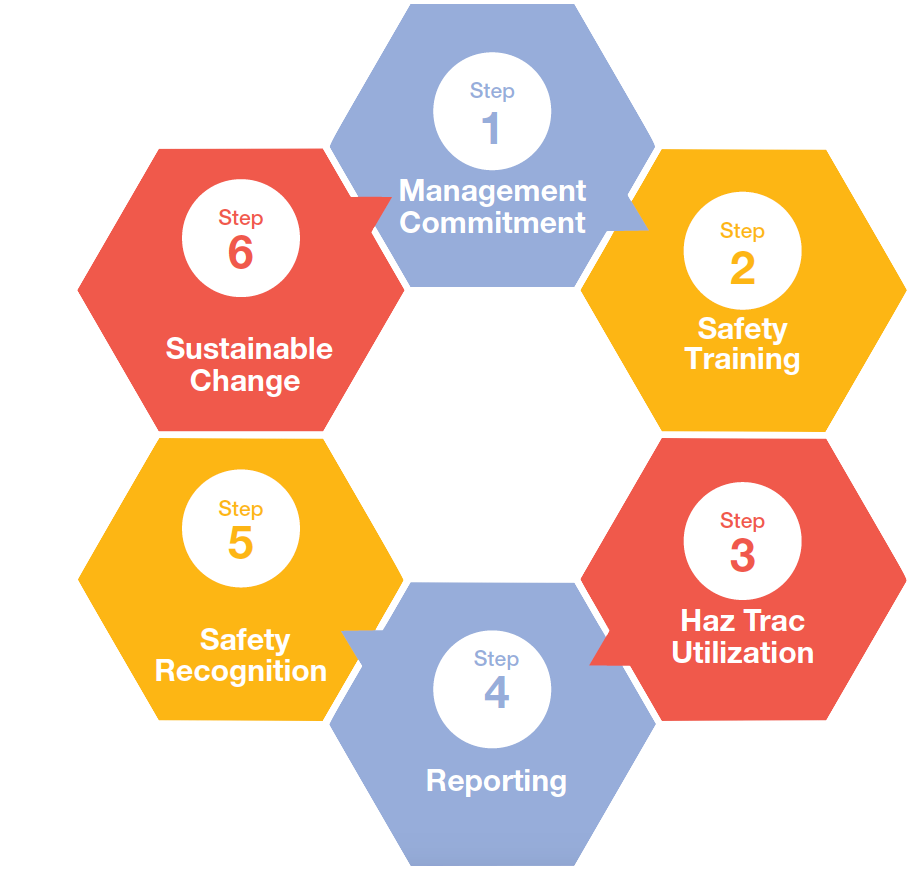The Cultural Based Safety™ process involves six basic steps to target job site incident reduction, resulting in significant claim cost savings to construction companies.
This HRS Cultural Based Safety™ process integrates:
- the use of technology
- real life construction experience
- proven safety science factors
- consistent reinforcing communications to all subcontracted workforce members
This results is a straightforward approach to reduce job site incidents and claim costs.
This process has been developed from real-life construction experience and is supported by historical research from high hazard construction industry sectors and safety science experts around the world.
The basic steps flow in a continual cycle as follows:

